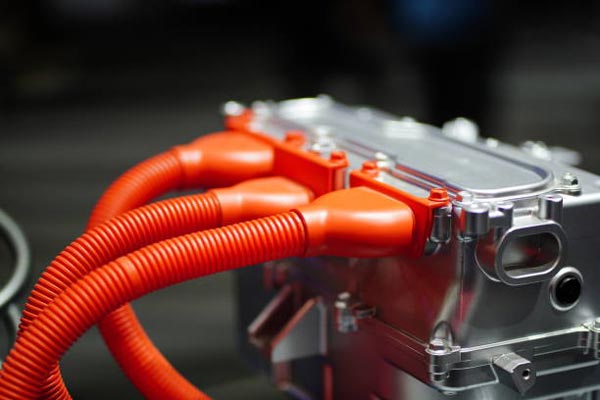In a world where every footprint leaves a mark, manufacturing must evolve, and injection molding steps into the arena as a game-changing process. The harmonious blend of efficiency and sustainability makes this technological marvel stand out. Picture this: plastic pellets, like tiny warriors, are gathered and heated in a cauldron-like machine. Under immense pressure and temperature, they transform into a viscous liquid, ready to be injected into a mold—a customized cavity that shapes them into the final product. And voila! Out pops your masterpiece, fully formed and ready for action.
But here’s the secret sauce that makes injection molding a sustainability superhero: it’s a closed-loop process. Once the plastic product has served its purpose, it can be recycled and fed into the injection molding cycle. This circular approach minimizes waste, reduces the need for virgin materials, and fosters a greener manufacturing ecosystem. It’s like a never-ending dance of transformation, where plastic finds a new purpose in every iteration.
What’s the Buzz About Injection Molding?
The benefits of injection molding don’t stop there. Its energy efficiency is off the charts. Compared to traditional manufacturing methods, injection molding requires less energy and resources. Think of it as a lean, mean, green machine that optimizes every ounce of energy. This energy-saving approach reduces carbon emissions and translates into cost savings for manufacturers.
Imagine this: Molten plastic, like a liquid superhero, gets injected into a mold, morphing into your desired shape with lightning speed and laser precision. That’s the magic of injection molding, which uses high pressure and heat to create identical plastic parts in a mass-production setting.
But wait, there’s more! Injection molding isn’t just about speed and volume. It’s also a sustainability champion in disguise:
- Minimizing Waste: Unlike traditional methods that generate significant scraps, injection molding uses a closed-loop system. Think of it as a recycling party where leftover plastic gets reused for the next batch, reducing waste significantly.
- Material Matters: Injection molding is material-savvy. Manufacturers can use less material to create the same product by optimizing mold design and injection parameters. This translates to reduced resource depletion and a smaller environmental footprint.
- Energy Efficiency: Modern injection molding machines are energy ninjas. They use advanced technology to optimize energy consumption during the heating and cooling. This translates to lower energy bills and a reduced carbon footprint.

Plastic auto parts
Beyond the Buzzword: Real-World Impact
Injection molding isn’t just trendy talk. It’s actively contributing to a more sustainable future across various industries:
- Automotive: Injection molding often creates car parts like bumpers, dashboards, and even engine components. This process allows for lightweight yet strong parts, improving fuel efficiency and reducing emissions.
- Medical Devices: From syringe barrels to life-saving implants, injection molding is crucial in creating sterile, precise medical equipment. This ensures patient safety while minimizing production waste.
- Consumer Goods: Think of your water bottle, phone case, or even your favorite pair of sunglasses. Chances are, they were formed using injection molding! This process allows mass production of high-quality, affordable products while minimizing waste.
The Future is Molded: A Sustainable and Efficient Journey
The future of manufacturing is brighter and more sustainable thanks to advancements in injection molding. As technology evolves, we can expect further efficiency, energy usage, and material optimization improvements. This paves the way for a future where manufacturing and sustainability go hand-in-hand, creating a win-win situation for both the environment and the economy.
